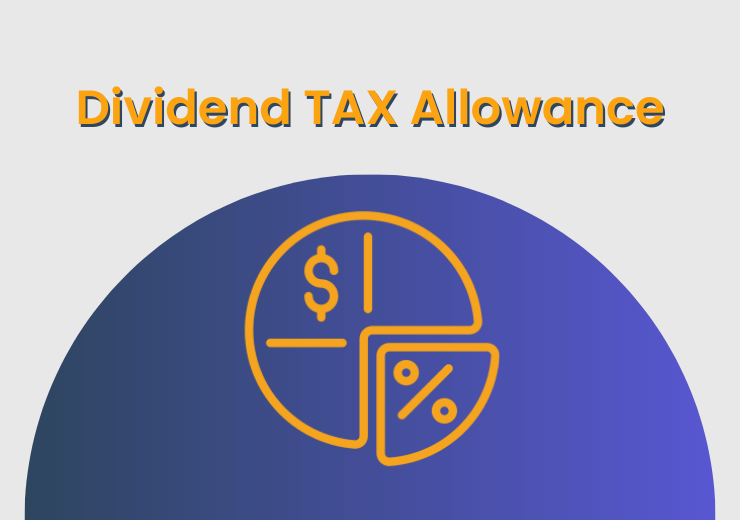Introduction:
In the realm of finance and investments, dividends play a crucial role in generating income for shareholders. To encourage individuals to invest in companies and promote long-term growth, many governments provide tax advantages on dividend income. One such benefit is the dividend allowance. This informational article aims to provide a comprehensive understanding of what the dividend allowance is, how it works, and its significance for investors.
What is the Dividend Allowance?
The dividend allowance is a tax-free threshold set by the government, which allows individuals to receive a certain amount of dividend income without paying any tax on it. It is separate from the personal allowance, which refers to the amount of income an individual can earn before they start paying income tax. The dividend allowance is specifically designed to provide tax relief on dividend income.
Current Dividend Allowance Limit:
As of the knowledge cutoff in September 2021, the dividend allowance limit in the United Kingdom was £2,000. This means that individuals could receive up to £2,000 in dividend income tax-free within a tax year (April 6 to April 5) before they become liable to pay tax on any additional dividends received.
Tax Rates on Dividend Income:
Any dividend income received above the dividend allowance limit is subject to tax at different rates, depending on the individual’s total income tax band. In the UK, the tax rates on dividend income are as follows:
- Basic Rate Taxpayers: Dividend income above the dividend allowance but below the higher-rate threshold is taxed at 7.5%.
- Higher Rate Taxpayers: Dividend income above the higher-rate threshold is taxed at 32.5%.
- Additional Rate Taxpayers: Dividend income above the additional-rate threshold is taxed at 38.1%.
Note: Tax rates and allowances can vary between countries, so it is essential to consult the specific regulations and guidelines of your jurisdiction.
Implications for Investors:
The dividend allowance provides a tax-efficient way for investors to receive a certain level of income from their investments without incurring additional tax liabilities. It is particularly beneficial for small shareholders and individuals with modest dividend income. By utilizing the dividend allowance, investors can maximize their overall income and potentially improve their investment returns.
However, it is important to note that the dividend allowance should not be viewed as a substitute for professional tax advice. The overall tax implications of an individual’s financial situation can be complex, and seeking guidance from a qualified tax professional is crucial to ensure compliance with the relevant tax regulations and to optimize tax planning strategies.
Conclusion:
The dividend allowance is a tax-free threshold set by the government, enabling individuals to receive a certain amount of dividend income without paying tax. By taking advantage of the dividend allowance, investors can reduce their tax liabilities and maximize their overall income from investments. However, it is essential to stay updated with the latest tax regulations and consult a tax professional for personalized advice. Understanding the dividend allowance empowers investors to make informed decisions while managing their dividend income and taxation effectively.
When it comes to managing your financial affairs, especially in the realm of accounting, choosing the right service provider is crucial. One such option that stands out is Accountancy Net. This article highlights the key reasons why you should consider Accountancy Net for your accounting services, emphasizing their expertise, reliability, comprehensive solutions, and client-focused approach. You can reach them at +44 7547 921038 or email them at info@accountancynet.co.uk.

